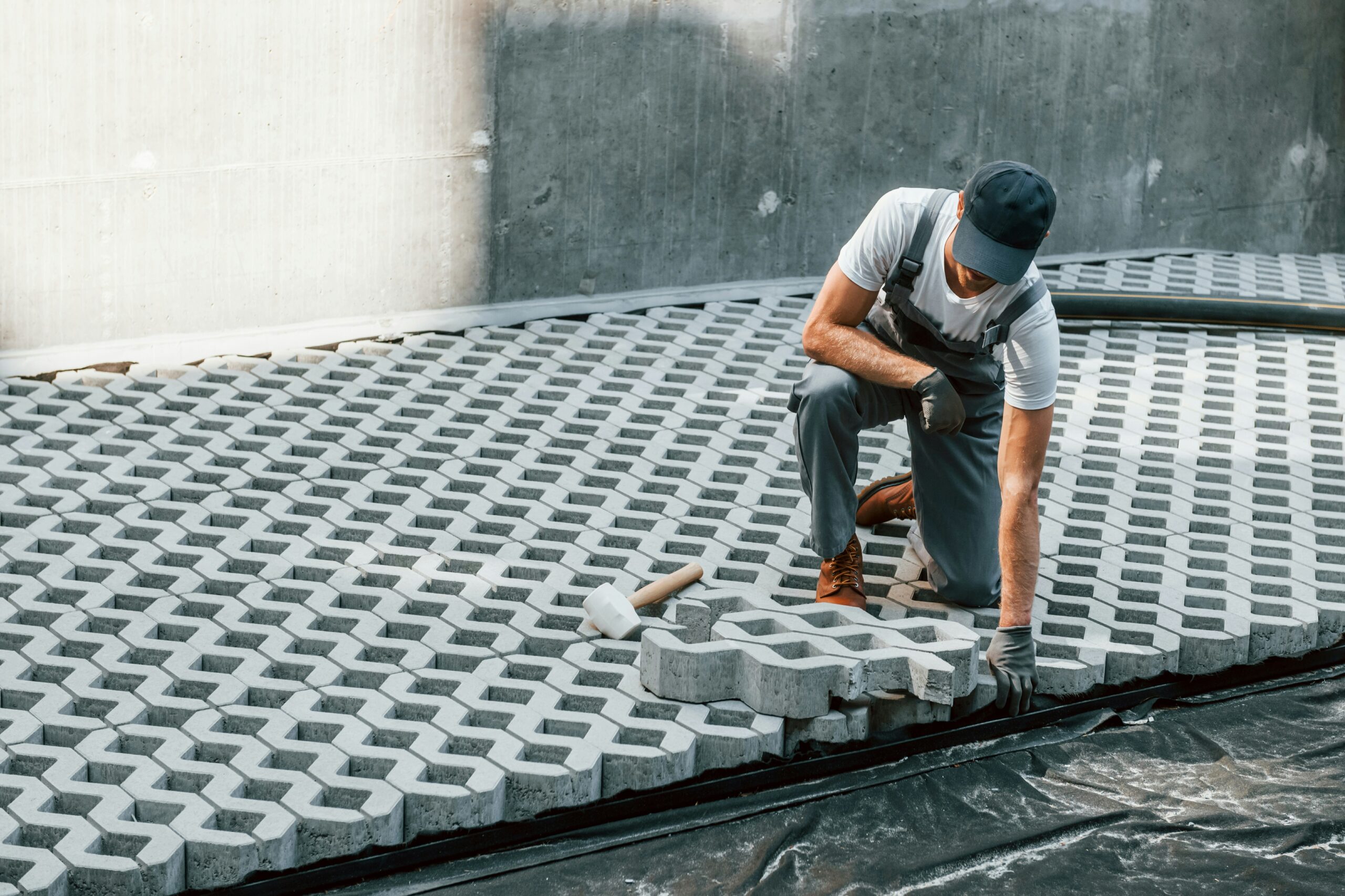
In the realm of architecture and construction, renovation is more than just a process—it’s an opportunity to breathe new life into old structures, merging tradition with modernity. As cities grow denser and real estate becomes scarcer, the importance of renovating existing buildings becomes increasingly crucial. This article explores innovative techniques in building renovation, highlighting how these practices can transform outdated spaces into functional, aesthetically pleasing environments.
Sustainable Materials: A Cornerstone for Green Renovation
One of the most significant shifts in building renovation is the use of sustainable materials. These materials are not only environmentally friendly but also add longevity and efficiency to buildings. For instance, reclaimed wood is not only durable but also brings a piece of history and character to interiors. Similarly, recycled steel, glass, and plastic reduce the overall carbon footprint of renovation projects. Innovations like bio-glass and wool bricks offer superior insulation and minimal environmental impact compared to traditional materials.
The Role of Technology in Sustainable Sourcing
Technology plays a pivotal role in sourcing and utilizing sustainable materials. Platforms that facilitate the trading of reclaimed materials make it easier for architects and builders to access and use these resources. Additionally, software for calculating the environmental impact of different materials helps decision-makers choose the most sustainable options.
Smart Technology Integration
The integration of intelligent technology into renovation projects is transforming old buildings into intelligent buildings. This not only enhances the functionality of the space but also improves energy efficiency.
Enhancing User Experience
Innovative technology also enhances the user experience. Automated lighting systems that adjust based on natural light availability and motion sensors improve both comfort and energy efficiency. Advanced security systems with facial recognition and remote monitoring capabilities ensure safety while adding a modern touch to old structures.
IoT and Automation
Internet of Things (IoT) devices can be integrated into various systems within a building, such as lighting, heating, and security systems. For example, smart thermostats adjust the temperature based on real-time weather conditions and occupancy levels, significantly reducing energy usage.
Adaptive Reuse: A Creative Approach to Renovation
Adaptive reuse involves repurposing old buildings for new uses, which is not only economically beneficial but also preserves historical architecture.
Case Studies of Successful Adaptive Reuse
Successful examples of adaptive reuse include the transformation of old factories into loft apartments or converting abandoned railway stations into commercial spaces. These projects respect the original architecture while providing modern amenities and services.
The Challenges and Rewards
While adaptive reuse is a promising approach, it comes with its own set of challenges, such as structural issues, adherence to building codes, and preserving historical elements. However, the rewards include revitalized neighborhoods, preserved cultural heritage, and reduced construction waste.
Energy Efficiency Upgrades
Energy efficiency is a crucial aspect of modern renovations, with a focus on reducing the building’s operational costs and environmental impact.
Innovative Insulation Techniques
New insulation technologies, such as vacuum insulation panels and phase-changing materials, offer much higher R-values than traditional insulation materials. These technologies are beneficial in renovations where space for insulation is limited.
High-Efficiency HVAC Systems
Upgrading to high-efficiency HVAC systems can dramatically reduce energy consumption. Modern systems are designed to provide optimal indoor air quality and temperature control, tailored to the specific needs of a renovated space.
The Use of Building Information Modeling (BIM)
Building Information Modeling (BIM) is revolutionizing building renovation by providing detailed digital models of buildings. BIM facilitates better planning and coordination among different teams, leading to more efficient renovation processes.
Real-Time Collaboration and Problem Solving
BIM enables real-time collaboration between architects, engineers, and contractors. This integration helps in identifying potential issues early in the renovation process, saving time and costs associated with late-stage changes.
Enhanced Precision and Planning
Through BIM, professionals can plan renovations with greater precision, simulating different scenarios and outcomes before actual construction begins. This leads to better resource management and less waste during the renovation.
The Future of Building Renovation
As we look to the future, the trends in building renovation are clear: sustainability, efficiency, and technological integration will lead the way. These innovative techniques not only make buildings more functional and beautiful but also contribute to a more sustainable world. By embracing these practices, we can ensure that our renovated spaces are prepared to meet the challenges of the future while preserving the charm of the past.